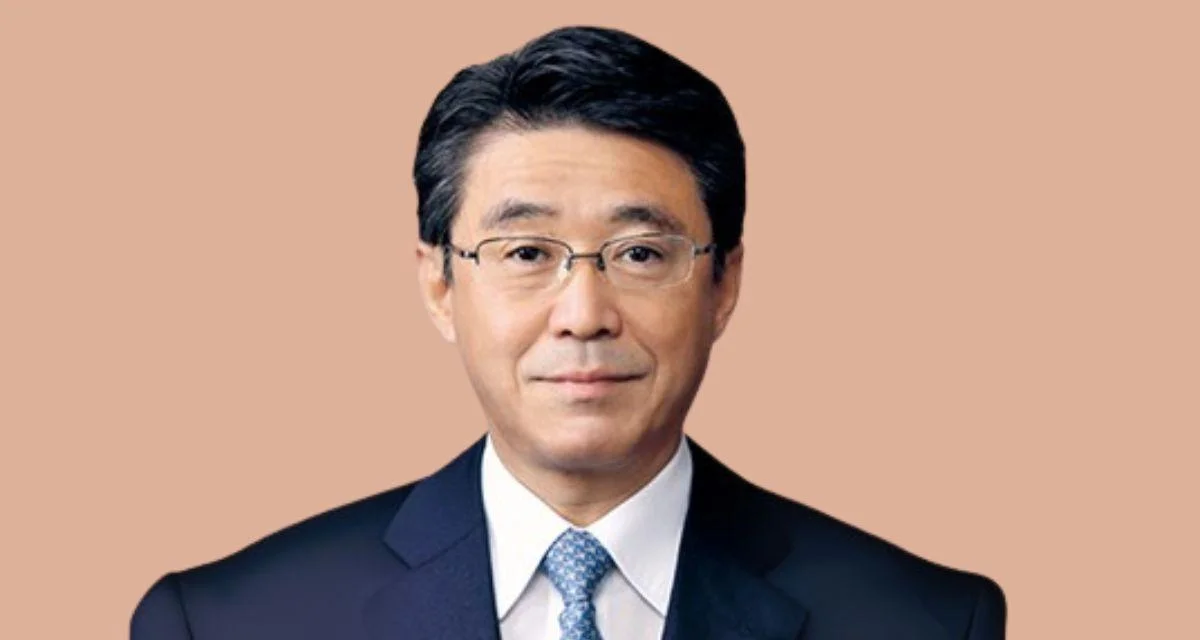A comprehensive maintenance overhaul, known as a "D-Check," can cost upwards of $25 million. Compounding this problem is the fact that many A380 components are no longer produced. Airlines often rely on cannibalizing parts from other retired or parked A380s to keep their fleets operational.
Fleet size also affects how airlines manage these challenges. Except for Emirates, most operators run small numbers of A380s; Singapore Airlines operates 12 while All Nippon Airways has three. Removing one plane from service can disrupt operations significantly because airlines do not usually maintain spare aircraft of this type.
In contrast, spare parts for other long-haul aircraft such as the Boeing 787 or Airbus A330 remain widely available due to ongoing production and larger global fleets. Even though Boeing stopped producing the 747, its parts are still accessible because many freighter versions remain active worldwide.
During the COVID-19 pandemic, almost all airlines grounded their A380 fleets as global air travel declined sharply. Some carriers—Air France, Hi-Fly Malta, Malaysia Airlines, Thai Airways—permanently retired their superjumbos during this period; China Southern followed suit in 2022.
However, several airlines that had planned to retire their A380s later brought them back into service when passenger demand rebounded faster than new twinjet production could meet capacity needs. Qatar Airways and Lufthansa reversed decisions to permanently remove their fleets after travel recovered post-pandemic.
Looking ahead, many carriers plan to replace their aging A380s with newer models like the Boeing 777-9 once it enters service. Although smaller than the superjumbo it will succeed, this twinjet offers greater fuel efficiency—a key factor for airlines planning future fleet strategies.
"D-Checks," a common term used to describe the most thorough maintenance overhaul, can cost over $25 million," according to industry sources cited in recent reports.
"With many A380s now exceeding 10 years of age, these planes are beginning to develop more issues, requiring expensive repairs more frequently," an airline representative said regarding ongoing operational costs tied to older aircraft in their fleets.
 Alerts Sign-up
Alerts Sign-up





































